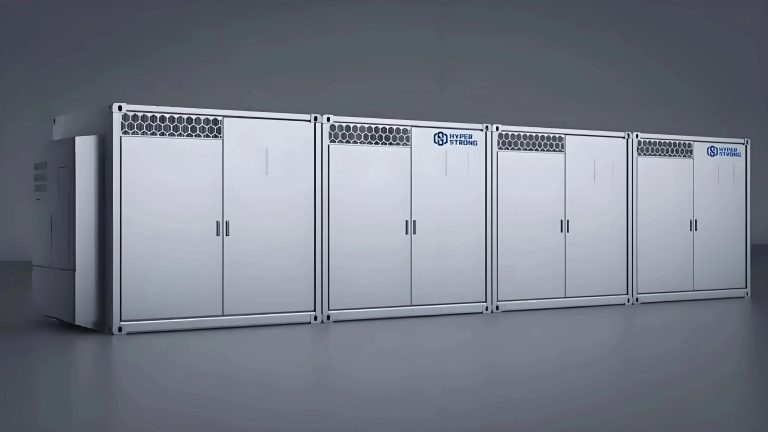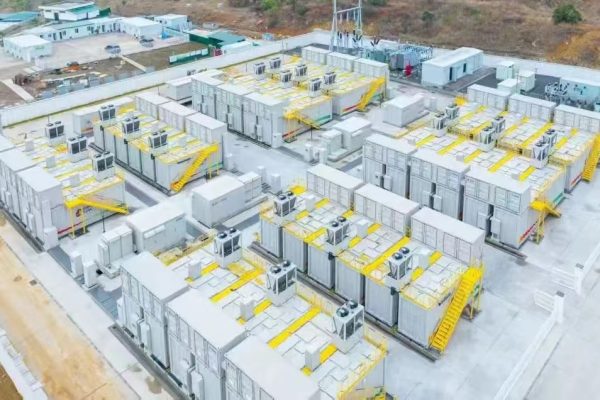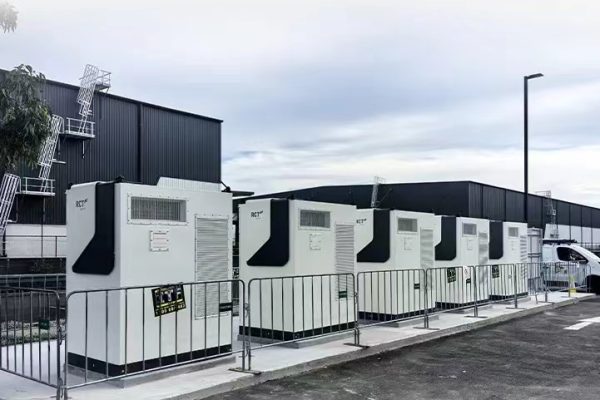Incoterms as a Strategic Tool in ESS Exports
Incoterms define the division of costs, risks, and responsibilities between buyers and sellers in international trade. For energy storage system (ESS) exporters, knowing which trade terms are commonly preferred by global buyers can enhance competitiveness, clarity in quotations, and risk management. This article compares the most popular Incoterms and their implications for ESS exports.
1. EXW (Ex Works)
- Definition: Seller’s responsibility ends at the factory or warehouse; buyer arranges all shipping, insurance, and customs.
- Buyer Preference: Preferred by experienced buyers or those with local logistics networks.
- Exporter Implications: Minimal risk and cost, but price appears lower; may need to educate buyers on hidden logistics costs.
2. FOB (Free on Board)
- Definition: Seller delivers goods to the port of origin and loads them onto the vessel; buyer assumes responsibility afterward.
- Buyer Preference: Common in developed markets (Europe, US) where buyers have reliable shipping partners.
- Exporter Implications: Moderate responsibility; allows transparent cost allocation; suitable for buyers managing freight and insurance.
3. CIF (Cost, Insurance, Freight)
- Definition: Seller arranges and pays for shipping and insurance to the buyer’s port; risk transfers upon arrival.
- Buyer Preference: Popular among new or smaller buyers who prefer bundled logistics and insurance.
- Exporter Implications: Higher operational responsibility; need to calculate accurate freight and insurance costs; enhances buyer convenience.
4. DDP (Delivered Duty Paid)
- Definition: Seller delivers goods to buyer’s location, covering all costs including shipping, customs duties, and taxes.
- Buyer Preference: Often requested by emerging market buyers unfamiliar with import procedures.
- Exporter Implications: Maximum responsibility; full logistics and regulatory compliance required; can justify higher all-inclusive pricing.
5. Comparative Table of Popular Incoterms
| Incoterm | Seller Responsibility | Buyer Responsibility | Risk Transfer Point | Typical Market Usage |
|---|---|---|---|---|
| EXW | Factory/warehouse | All shipping, insurance, customs | Pickup at factory | Experienced buyers, developed markets |
| FOB | Port loading | Freight, insurance, customs | Onboard vessel | Developed markets, standard practice |
| CIF | Freight + insurance to port | Customs clearance, local delivery | Arrival at port | Emerging markets, small buyers |
| DDP | All-inclusive delivery | Minimal | Buyer’s premises | Emerging markets, buyers seeking turnkey solution |
Exporter Tip: Use this table in quotations to clarify cost responsibilities.
6. Selecting the Right Incoterm
- Buyer Capability: Match trade term with buyer experience and resources.
- Market Norms: Consider regional practices; e.g., CIF/DDP for Africa and Southeast Asia.
- Margin Management: Ensure freight, insurance, and duties are included in pricing for CIF/DDP.
- Risk Appetite: Choose terms aligning with the exporter’s risk tolerance.
Exporter Tip: Present multiple options in quotations to show flexibility and professionalism.
7. Avoiding Common Mistakes
- Not specifying who bears customs, insurance, and local transport costs.
- Assuming buyers understand each Incoterm.
- Ignoring local regulatory requirements for CIF/DDP shipments.
Exporter Tip: Include detailed explanations and cost breakdowns to prevent misunderstandings.
Using Incoterms Strategically
Understanding popular Incoterms and buyer preferences allows ESS exporters to optimize pricing, reduce disputes, and enhance competitiveness. By matching trade terms to buyer experience, market norms, and internal capabilities, exporters can position themselves as reliable, professional partners in global energy storage markets.









